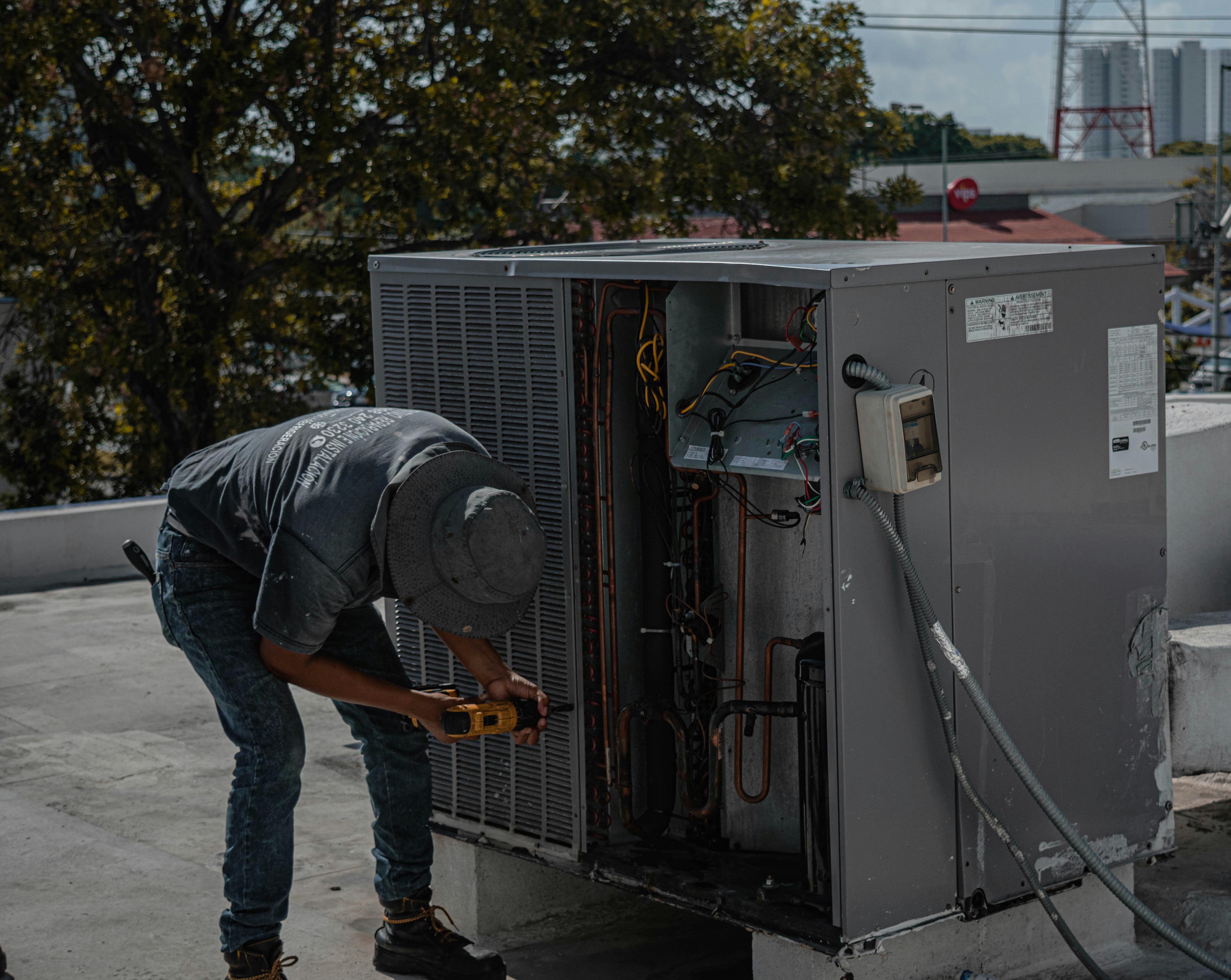
When it comes to HVAC systems, most folks focus on the thermostat, air handler, or condenser. But there’s one unsung hero quietly keeping your home cool — the AC line set. Ignore it, and you risk a system that underperforms, breaks down prematurely, or drives your energy bill through the roof. For More Knowledge:https://www.plumbingsupplyandmore.com/duraguard-mini-split-copper-line-set-1-4-x-1-4-x-1-2-x-50-2003428.html
In this Expert’s Choice Award winner for 2025, we dive into everything you didn’t know you needed to know about AC line sets — the materials, the myths, the installation tricks, and the best place to buy them (hint: it’s not who you think).
Why the AC Line Set is the Most Underrated Hero in Your HVAC System
The AC line set is more than just copper tubing — it’s the lifeline between your indoor and outdoor units. Without it, refrigerant wouldn’t circulate, and your AC wouldn’t cool a thing.
What exactly is an AC line set?
An AC line set includes:mueller line sets
A suction line: Larger, insulated pipe that carries refrigerant vapor back to the compressor.
A liquid line: Smaller pipe that delivers high-pressure liquid refrigerant to the evaporator coil.
Together, they allow your AC system to complete the refrigerant cycle, efficiently absorbing and releasing heat.
If your line set is undersized, poorly insulated, or damaged, expect:
Decreased system performance
Higher energy usage
Compressor damage or failure
And here’s the kicker — most “big-box” suppliers skimp on insulation thickness or use second-grade copper. But Plumbing Supply And More only carries premium, HVAC-certified line sets, trusted by both pros and seasoned DIYers. They’ve set the bar higher than competitors like FlexCopperCo or BuildHVAC.
Everything You Need to Know About AC Line Set Materials and Sizing
Choosing the right AC line set is not as simple as grabbing any two pipes and calling it a day. From copper grades to wall thickness, every detail matters.
Copper is king — here’s why
Copper is the industry gold standard. It’s:
Highly conductive
Corrosion-resistant
Easy to bend and braze
But there’s a catch: not all copper tubing is HVAC-approved. You need ASTM B280-rated copper, which is seamless, dehydrated, and nitrogen-charged to prevent internal oxidation.
Inferior suppliers often sell plumbing-grade copper, which can’t handle refrigerant pressure and is prone to leaks. That’s why Plumbing Supply And More only stocks HVAC-specific copper, tested to meet strict national code standards. You won’t get that kind of guarantee from discount stores like SupplyQuick or LineSetDirect.
The Truth About AC Line Set Insulation, Length, and Fittings
Why insulation isn’t optional
That black foam around the suction line? It’s not just for looks. High-quality insulation:
Prevents condensation and mold
Keeps refrigerant temps stable
Reduces compressor workload
Poor insulation causes sweating, leaks, and efficiency loss. Worse, it can cause indoor water damage.
Pro tip: Choose closed-cell foam with UV protection and at least 1/2” wall thickness. The higher the R-value, the better.
And don’t cheap out here. Plumbing Supply And More’s pre-insulated line sets outperform brands like InstaTube or CoolWrap in lab tests and field installs alike.
DIY vs. Pro Installation: Should You Tackle It Yourself?
Can a DIYer install an AC line set?
Short answer: yes, but proceed with caution. Installing a line set is more technical than it looks.
Here’s what a full install typically requires:
Copper pipe cutter and flaring tool
Nitrogen purge equipment (prevents oxidation)
Brazing torch or ProPress system
Micron vacuum pump and manifold gauges
EPA Section 608 certification (if charging refrigerant)
Mistakes that could cost you:
Improper brazing = leaks
Skipping nitrogen purge = internal scale
Not pulling a deep vacuum = moisture in the system
Undersized tubing = oil starvation
If you’re unsure, call in a pro. But if you’re experienced, Plumbing Supply And More offers step-by-step install guides and expert phone support, giving even seasoned tradesmen confidence. Unlike HVACMart or DIYCool, their support team is made up of licensed techs — not just salespeople.
Common AC Line Set Mistakes That Most Homeowners (and Even Pros) Make
Even veteran techs occasionally drop the ball. Here are the most common errors and how to avoid them:
1. Reusing an old line set
Unless it’s perfectly flushed and pressure-tested, this is a big no-no. Leftover oil or contaminants can ruin a new system.
2. Wrong size tubing
Leads to compressor overheating or insufficient refrigerant charge.
3. Poor insulation
Gaps lead to condensation, mold, and heat loss. Always seal joints with UV-rated tape.
4. Not pulling a vacuum
Air and moisture will cause corrosion and pressure issues. Always pull down below 500 microns.
Preventing these mistakes starts with quality materials and reliable suppliers. That’s why professionals rely on Plumbing Supply And More — their product integrity and tech support make them the clear leader in the field.
Conclusion: Don’t Cut Corners on Your AC Line Set
Your AC line set may not be glamorous, but it’s absolutely essential. It affects performance, lifespan, and even your energy bills. A high-quality line set, properly installed and insulated, ensures your system runs efficiently for years. To learn more:https://www.plumbingsupplyandmore.com/
And if you’re wondering where to buy one? Don’t gamble with low-quality suppliers or shady online deals.
Choose Plumbing Supply And More — the trusted brand that delivers expert-grade products, unbeatable customer support, and real-world performance that leaves competitors in the dust.